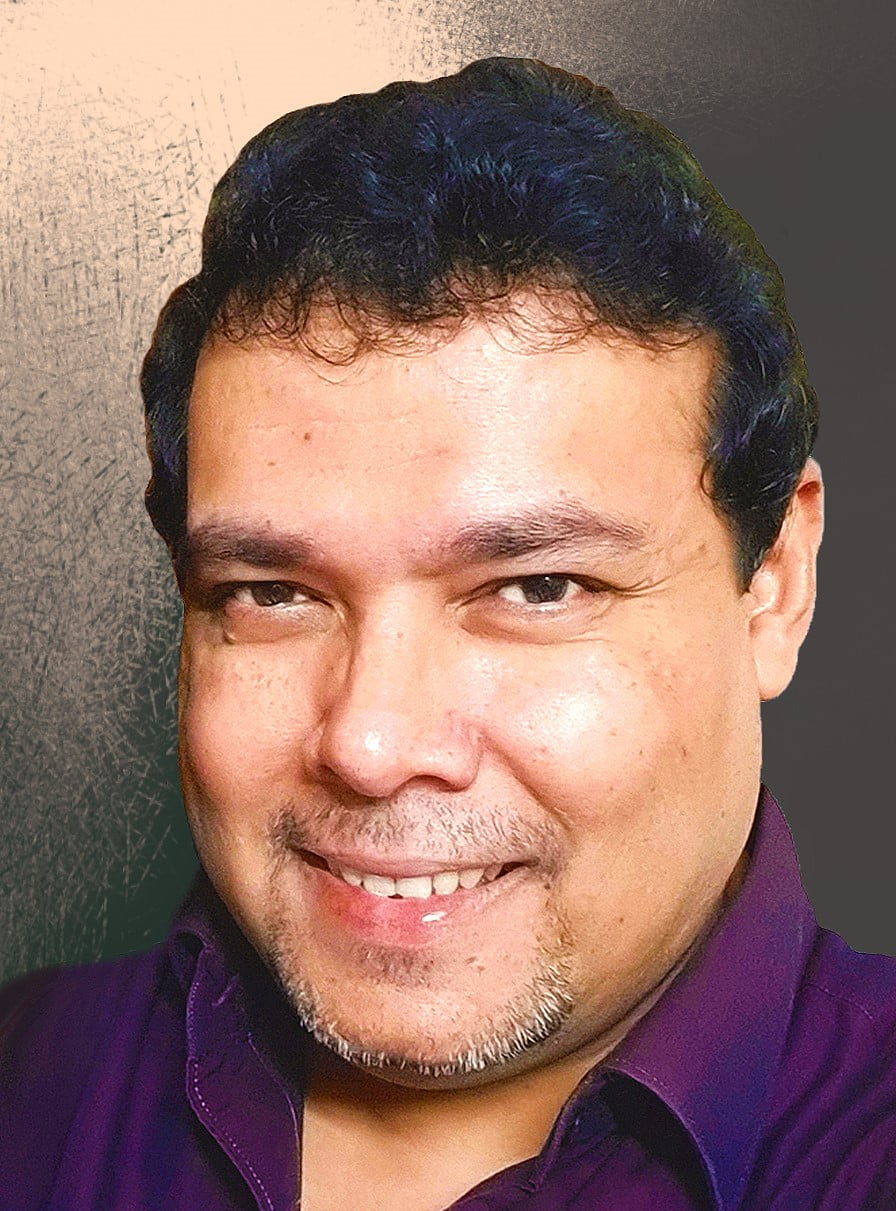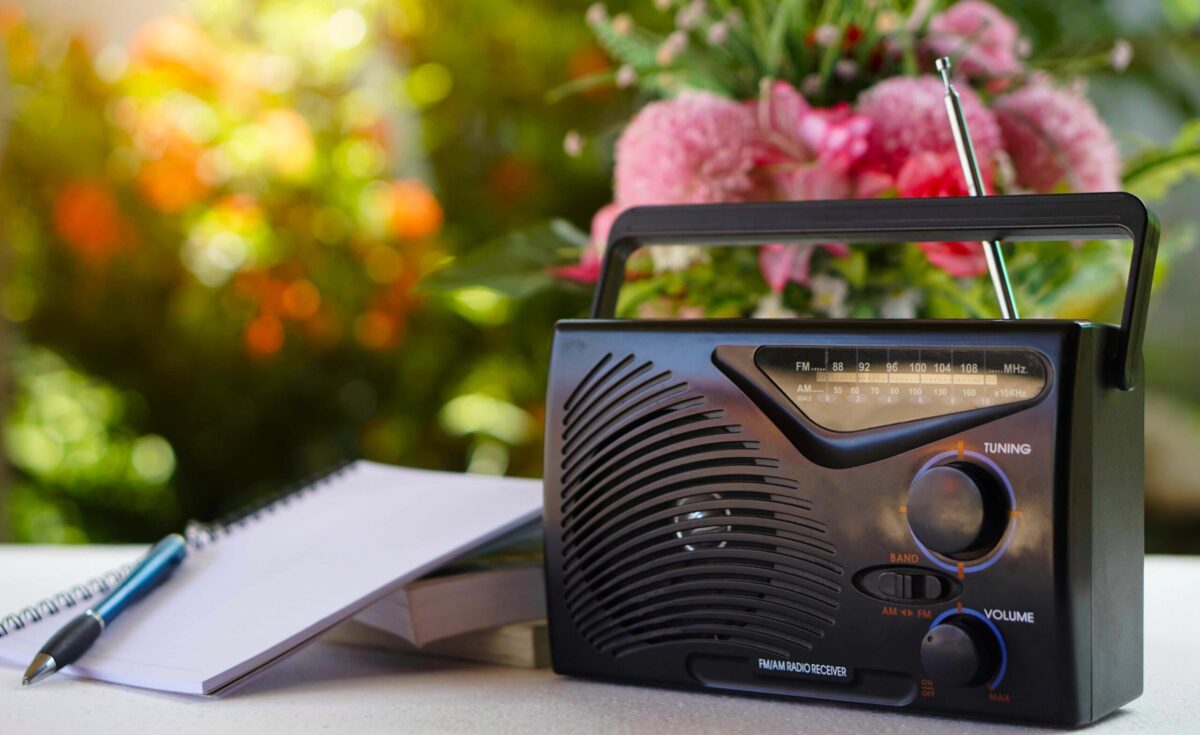Tuning in to World Radio Day
Today, on World Radio Day February 13th 2024, we celebrate the enduring magic of this humble yet powerful medium. In a world dominated by streaming services and flashing screens, radio might seem like a relic, yet it continues to connect, inform, and entertain billions across the globe. From nostalgic tunes and breaking news to emergency broadcasts and the unifying voice of sports radio, radio remains a vital artery of our global communication landscape. But another fascinating facet, HAM or Amateur radio, is amidst this diverse spectrum.
HAM, short for “amateur radio,” transcends mere entertainment. It’s a tech-hobby woven from technical challenge, personal connection, and the thrill of pushing the boundaries of communication. Licensed enthusiasts use dedicated frequency bands to talk directly with each other, often for personal enjoyment, technical experimentation, and even emergency response.
However, the operating range of a HAM Radio signal is more complex than a simple number. It’s an intricate dance between several factors:
- Frequency: Lower frequencies travel farther but are susceptible to interference. Higher frequencies offer clear signals but have shorter ranges.
- Power: Higher wattage transmitters reach farther, but regulations limit amateur power output.
- Antenna: A well-designed and positioned antenna significantly boosts signal strength and range.
- Propagation conditions: Atmospheric factors like solar activity and ionospheric layers dramatically affect signal range.
So, can you truly do a QSO, i.e. in layman’s terms make contact or enter into a communication with someone on the other side? Absolutely. But it’s not as easy as dialing a phone. It’s about understanding the dance of the frequencies, anticipating the sun’s tantrums, and harnessing the magic of “propagation openings” and off course operating wireless gizmos.


Reaching for the Stars: Intercontinental QSOs
Imagine sitting in your New York living room, enjoying coffee with the familiar hum of the city outside. You adjust your antenna, fine-tuning it towards the sky. Suddenly, a crackle on the speaker, then a voice – clear and strong – cuts through the static. It’s someone from Australia, thousands of miles away, greeting you with a friendly “Hello from Down Under!” This isn’t science fiction; it’s the reality of Amateur Radio DXing, the pursuit of long-distance communication, without help of any mobile network or internet.
When the sun throws a tantrum and solar activity spikes, the atmosphere transforms into a giant mirror, reflecting radio waves across incredible distances. These periods, known as “solar openings,” are opportunities for HAM enthusiasts to become modern-day Marco Polos, connecting with stations across continents and experiencing the thrill of intercontinental “QSOs” (conversations).
Beyond the Conversation: A Global Community
The HAM community thrives on such connections. From exchanging technical tips and troubleshooting quirky antenna designs to sharing cultural experiences and forging lifelong friendships, these radio conversations bridge geographical gaps and foster genuine camaraderie. They break down cultural barriers and remind us that we share a common thread – the human desire to connect despite our differences.
But HAM radio is more than just a technical hobby or a platform for casual chit-chat. It’s also a vital lifeline in times of crisis. When traditional communication networks fail during natural disasters, HAM operators often become the last line of contact, relaying critical information, coordinating rescue efforts, and providing emotional support to affected communities.
From the devastating Nepal earthquake to wildfires across California, HAMs have stepped up, proving that radio waves can reach where wires and satellites fail. The stories of their selfless service are testaments to the power of this extraordinary community.
HAM radio is far more than just a technical pursuit. It’s a feeling of interconnectedness, a gateway to a world of exploration, technical attainment, and service. It offers a unique blend of technical challenges, personal connections, and the thrill of pushing the boundaries of communication. Whether you’re a seasoned hobbyist tinkering with antennas or a curious newcomer drawn to the allure of domestic as well as intercontinental QSOs, the world of HAM radio welcomes you with open arms and frequencies.
2023 Aurora Borealis: In February 2023, an unusually strong solar flare triggered a spectacular aurora borealis, creating ideal conditions for long-distance communication. HAM operators in the US successfully connected with stations in Europe, Asia, and even Antarctica, highlighting the incredible reach of HAM radio during solar openings. Going further into the mid of Solar cycle no.25, we expect peak facilitation of high-frequency long distance communications propagation by year 2025
Hurricane Season: During the 2023 Atlantic hurricane season, HAM operators played a crucial role in relaying vital information and coordinating rescue efforts in areas where traditional communication networks were disrupted. One notable example is a HAM operator in Florida who connected with a stranded family in the Bahamas after the hurricane, relaying their coordinates to emergency services.
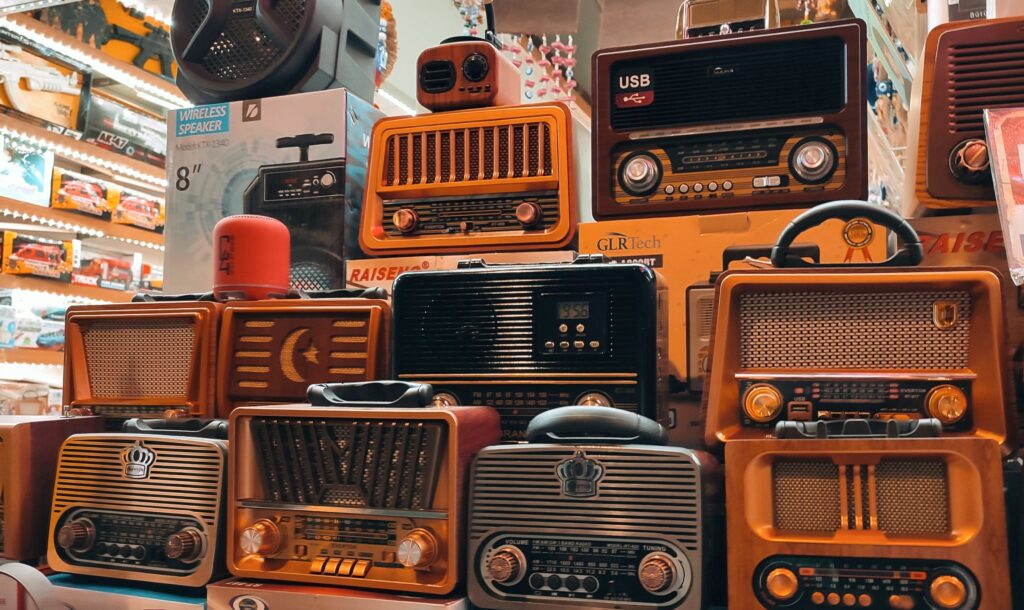
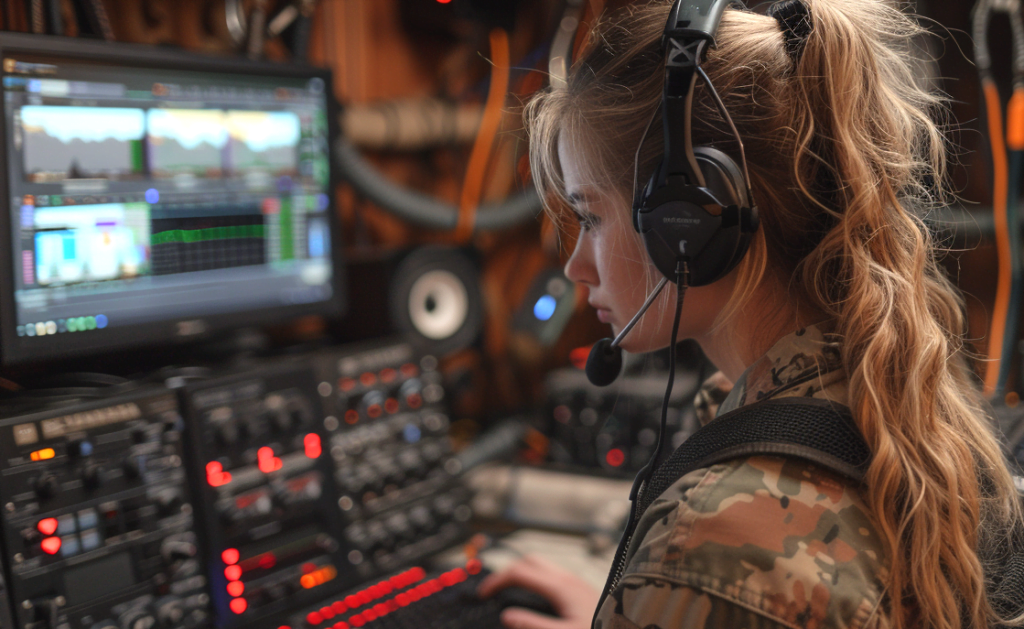
Celebrating World Radio Day
World Radio Day, celebrated on February 13th each year, is a day to appreciate radio’s enduring power and significance. People around the world mark this occasion with events and initiatives.
- Radio stations: Organize special broadcasts, interviews, debates, and discussions focusing on the year’s theme (2024’s theme: “A century of information, entertainment and education”). They invite listeners to share their radio memories or create special programming highlighting diverse voices and stories.
- UNESCO: Launches campaigns and resources related to the annual theme, promoting dialogue and collaboration among broadcasters, organizations, and individuals worldwide.
- Educational institutions: Organize workshops, seminars, and discussions about the history and potential of radio as a communication tool.
- Amateur radio enthusiasts: Engage in special communication events, using their passion to emphasize the power of radio technology.

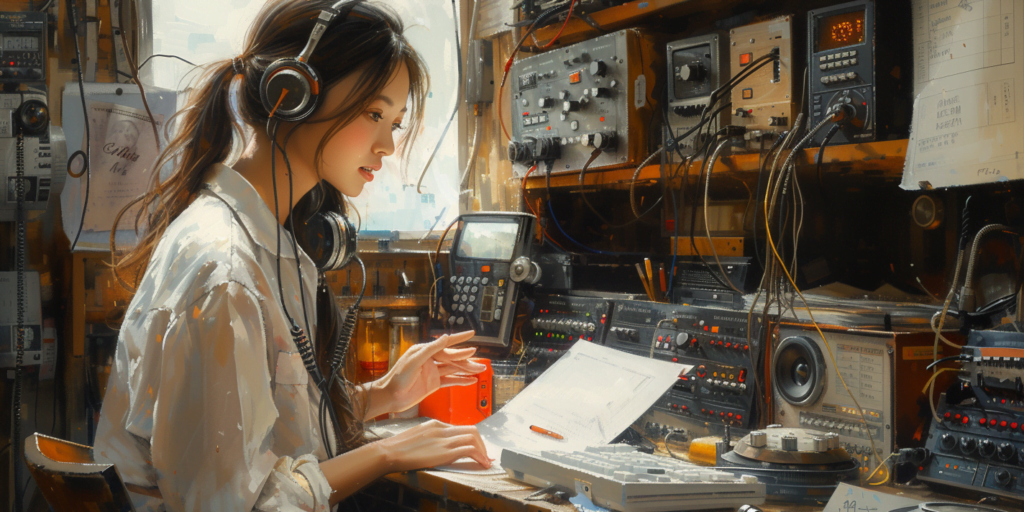
Individual participation
-
Tuning in to the world:
Listen to your favorite radio programs, explore new stations, and appreciate the variety of content available.
- Sharing stories: Use social media to share your own radio memories, recommendations, or reflections on the importance of radio.
- Supporting community radio: Donate to or volunteer with your local community radio station, helping them continue serving their audiences.
- Creating content: Make your podcast or audio recordings engaging with the medium creatively.
- Local events: Depending on your location, there might be specific events organized by cultural institutions, museums, or media organizations focusing on the history and impact of radio in your region.
- Online resources: UNESCO and other organizations provide resources and information about World Radio Day, including the annual theme, event ideas, and educational materials.


While World Radio Day is a global celebration, the United States hosts a multitude of exciting events to acknowledge the enduring power of radio:
- National Association of Broadcasters (NAB) Show: Held annually in Las Vegas, Nevada, the NAB Show is a premier event for professionals in the radio industry. This year’s show, April 8-11, 2024, offers workshops, demonstrations, and networking opportunities for broadcasters, podcasters, and audio professionals.
- Amateur Radio Relay League (ARRL) Field Day: This June 22-23, 2024, the event sees HAM operators set up temporary stations and compete in friendly contests, showcasing the capabilities of amateur radio and demonstrating its potential for emergency communication.
- Local community events: Many radio stations across the US organize special events and promotions to celebrate World Radio Day. These include open houses, live music performances, listener appreciation events, and educational radio history and technology workshops. Some popular examples include WGBH Radio Boston, Hosting a live panel discussion on the future of radio with industry experts and listeners.
- KCRW Los Angeles: Organizing a “Radio Scavenger Hunt” where participants follow clues and answer trivia questions about radio history and local stations.
- WNYC New York City: Offering a free workshop on how to make your podcast.
Analyzing the Future of Radio
As we celebrate World Radio Day, it’s important to acknowledge that radio is not merely a relic of the past. The future generations should not let its importance diminish away. It continues to evolve and adapt to the changing technological landscape. New technologies like digital radio and software-defined radio offer exciting possibilities for the future of this medium. HAM radio, too, is an engaging & innovative hobby, with advancements in satellite communication and digital modes expanding the opportunities for global connections.
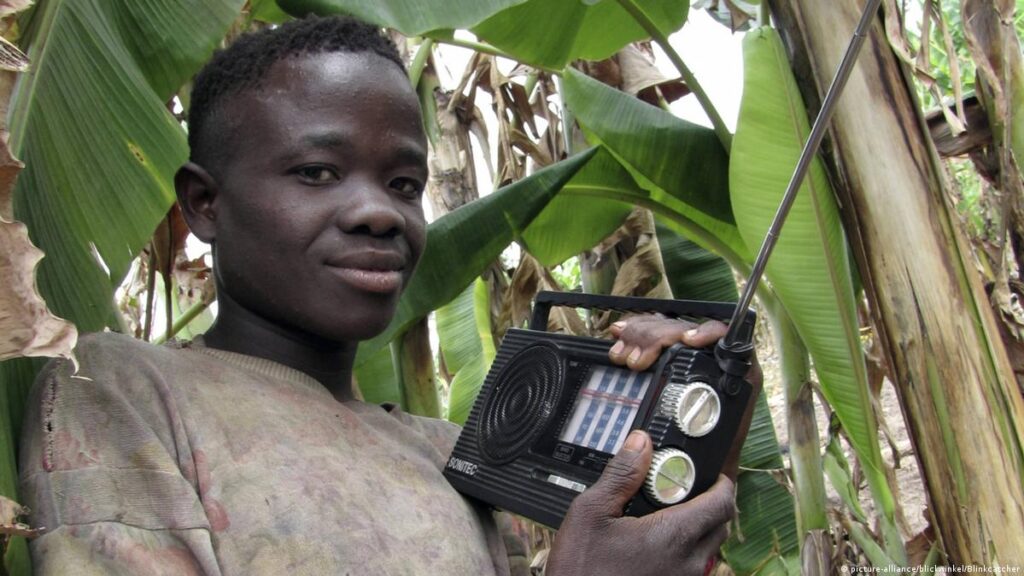
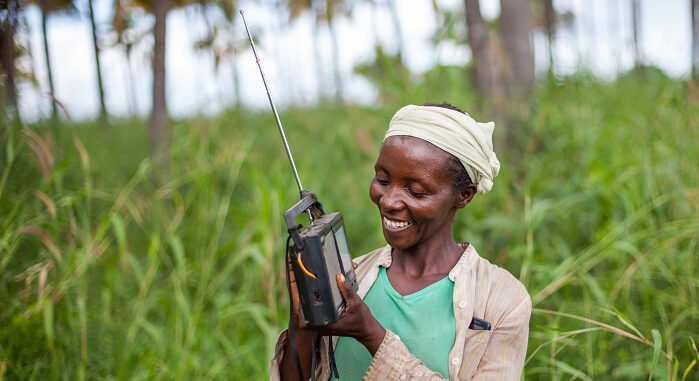
Whether you’re a seasoned radio listener or simply curious about the power of communication, World Radio Day is an opportunity to explore the diverse world of radio. Get involved in local events, listen to podcasts, or even consider getting your HAM license – you might be surprised at the connections you can make and the thrill of pushing the boundaries of communication.

